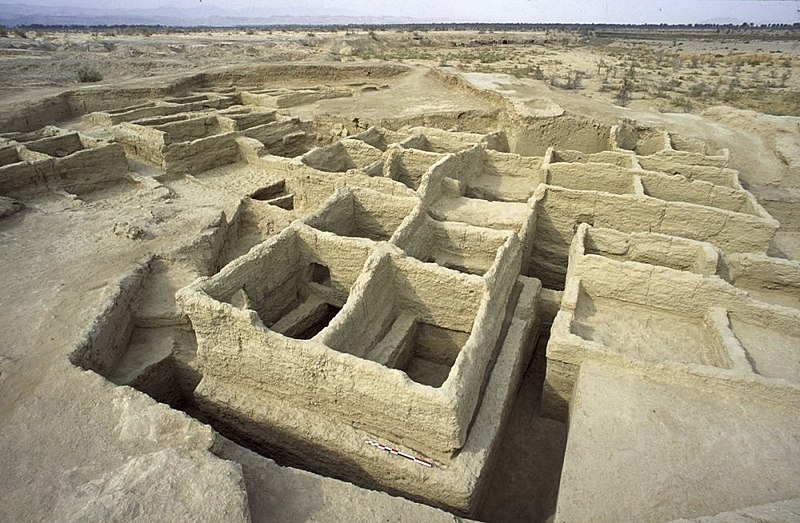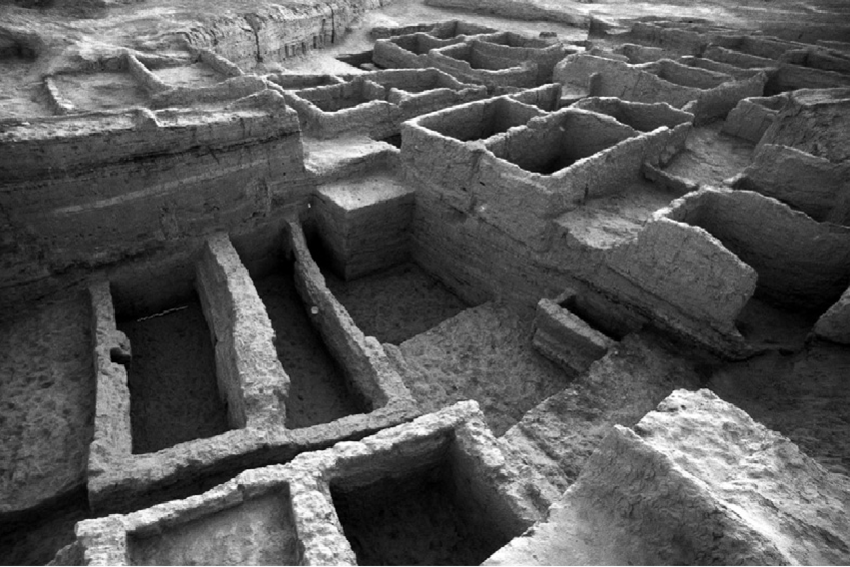Mehrgarh

Introduction
Mehrgarh is one of the earliest known farming settlements in South Asia, located near the Bolan Pass in Balochistan, Pakistan. This prehistoric site marks the beginning of the Neolithic era in the region and is crucial in understanding the roots of the Indus Valley Civilization.
Historical Background
Discovered in 1974, Mehrgarh dates back to around 7000 BCE and showcases the early development of agriculture, domestication of animals, and pottery-making. It was continuously inhabited for several millennia before being gradually abandoned around 2600 BCE.
Archaeological Significance
- Early Settlements: Evidence of mud-brick houses, granaries, and burial practices highlight a well-organized society.
- Crafts and Tools: Artifacts such as terracotta figurines, stone tools, and early dentistry practices have been uncovered.
- Cultural Link: Mehrgarh is considered a precursor to the Indus Valley Civilization, showcasing the evolution of societal structures.
Cultural Significance
Mehrgarh represents the dawn of civilization in South Asia. It provides critical insights into the transition from nomadic lifestyles to settled farming communities and is a cornerstone in South Asian archaeological studies.
Preservation Efforts
Though affected by natural erosion and looting, the site has been subject to archaeological excavations and research by both Pakistani and French teams to preserve its legacy.
Quick Facts
- Established: Around 7000 BCE
- Location: Bolan Pass, Balochistan, Pakistan
- Significance: Early Neolithic settlement
- Key Discoveries: Pottery, tools, figurines, early dental practices
- Culture: Precursor to Indus Valley Civilization
Image Gallery




Mehrgarh
Location: Balochistan, Pakistan
One of the world’s oldest farming villages, Mehrgarh provides deep insights into the Neolithic era and early South Asian civilization.
Learn more